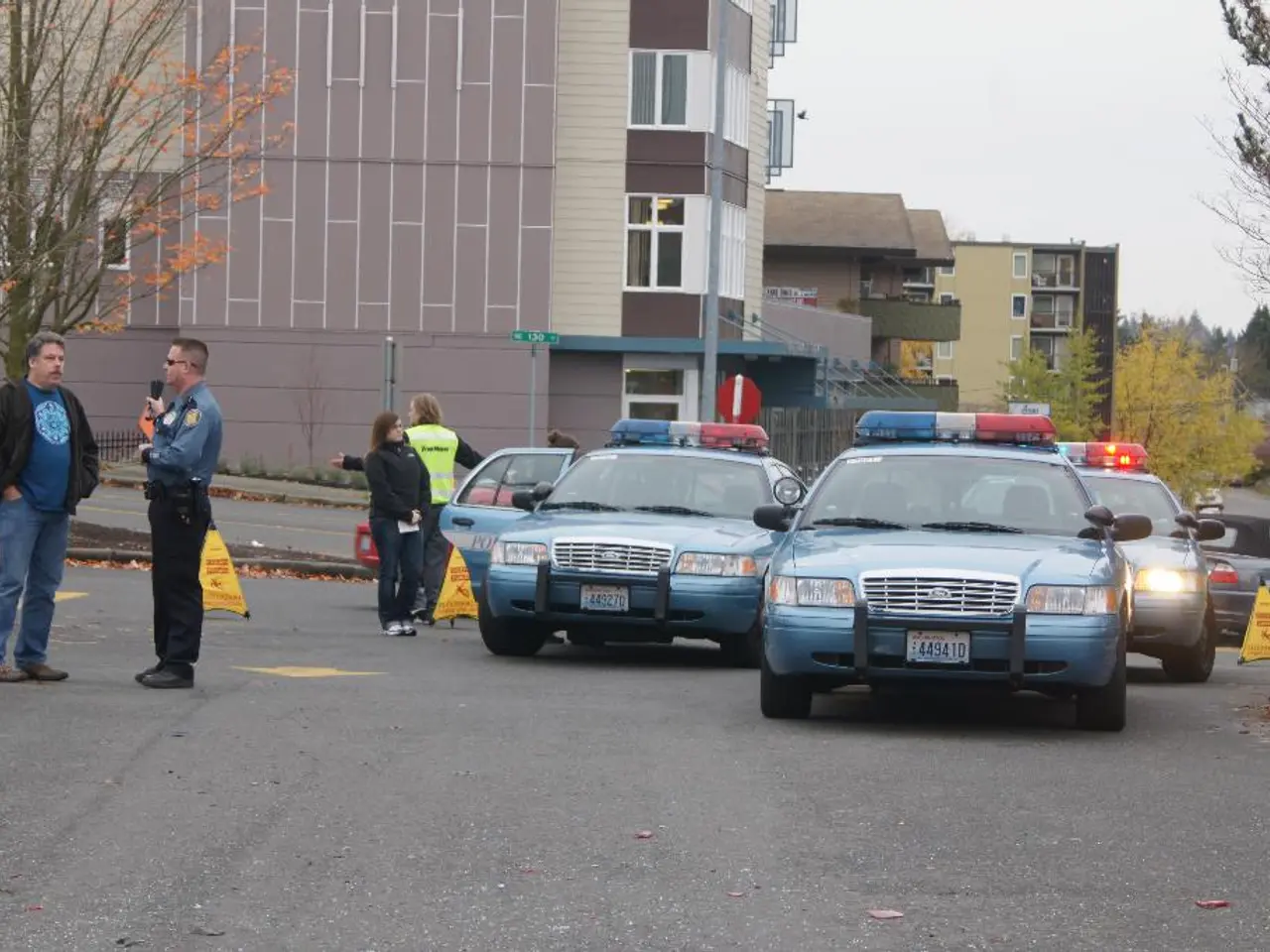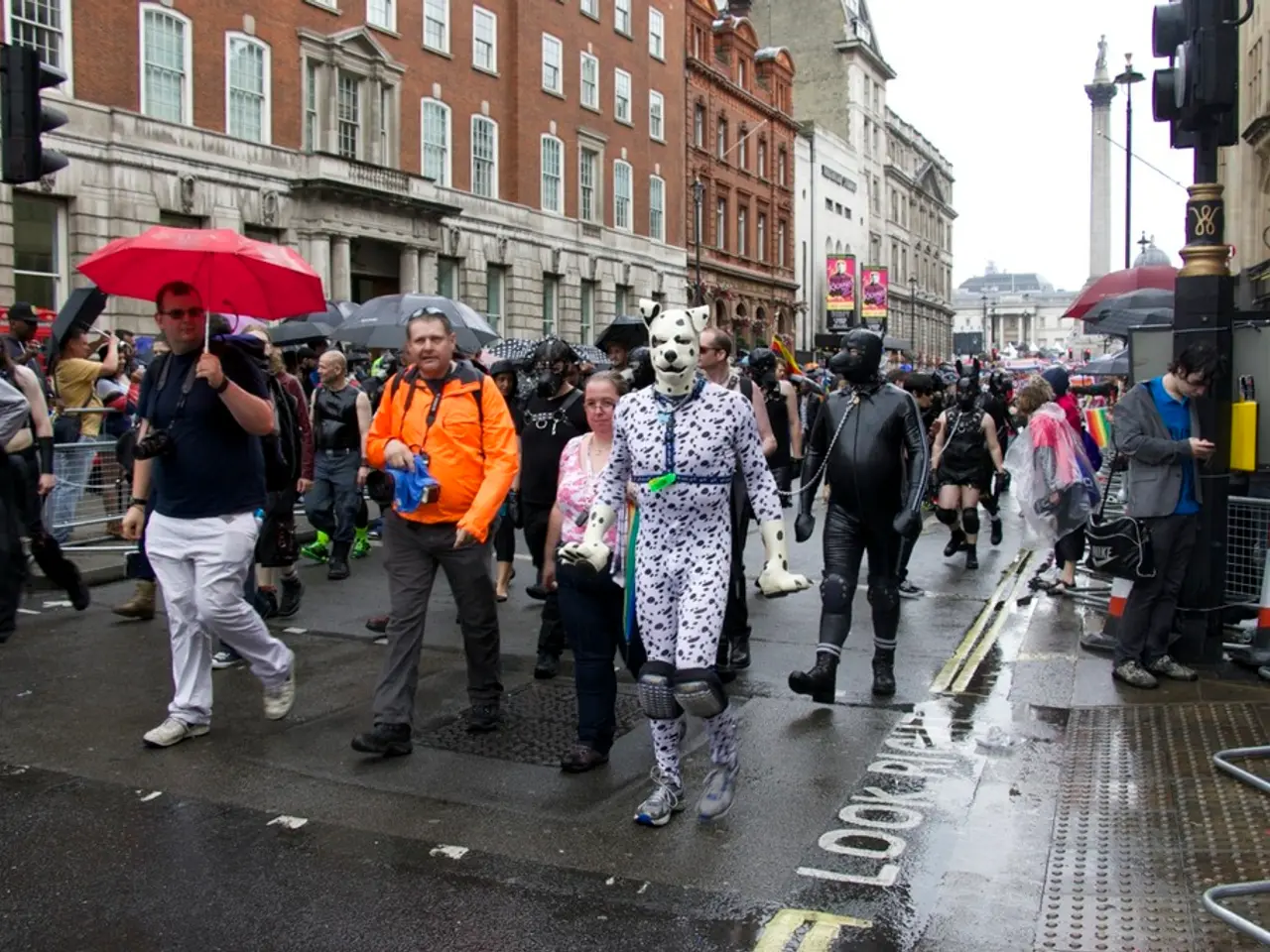catastrophe: About 130 fatalities reported following flash floods in the United States - Over 130 deaths reported following devastating flash floods in the United States
In the aftermath of last week's devastating flash floods in Texas, which have claimed at least 130 lives and left over 100 people missing, criticism is growing against local authorities for failing to activate a critical public alarm system that could have provided vital warnings to residents before the disaster struck[1].
According to reports by The Washington Post, the far-reaching alarm system was not activated during the peak of the flash floods in Texas, despite repeated requests for funding to support this emergency warning infrastructure[2]. This oversight has led to significant scrutiny, especially as it was known that deadly flooding was "likely" to occur within a year, according to communications with FEMA in October[1].
During the floods, authorities in Texas only sent SMS warnings to previously registered people, while a more powerful system that could have made mobile phones vibrate and play a shrill tone was not utilised[3]. This lack of activation of the alarm system became a major point of discussion during President Donald Trump's visit to the flood-affected region, where he met with local officials and rescuers[4].
The visit underscored the tragic consequences of the floods and sparked criticism of the state's preparedness and response to such natural disasters[4]. Weather authorities have issued warnings for potential new flooding in Texas until Sunday evening (local time), adding to the concerns of the affected population[5].
As the death toll continues to rise, anger is growing against local authorities for potentially not warning the population early enough[6]. The particularly affected area of Kerr County has reported 103 deaths, including 36 children[7]. No new information has been provided about the number of people still missing or the current death toll from the flash floods in Texas.
President Trump, during his visit, dismissed criticism about the timing of the alarm messages[8]. However, the failure to activate the public alarm system remains a significant issue for the residents of Texas, who continue to face the ongoing threat of new flash floods.
[1] https://www.reuters.com/world/us/texas-flood-death-toll-rises-121-160-missing-2021-06-29/ [2] https://www.washingtonpost.com/national-security/texas-flood-alarm-system-not-activated/2021/06/30/0f9b8534-a96c-11eb-89a5-6f568d3a8c27_story.html [3] https://www.washingtonpost.com/national-security/texas-flood-alarm-system-not-activated/2021/06/30/0f9b8534-a96c-11eb-89a5-6f568d3a8c27_story.html [4] https://www.cnn.com/2021/06/26/us/donald-trump-texas-flood-visit/index.html [5] https://www.cnn.com/weather/us/texas/flood/index.html [6] https://www.nytimes.com/2021/06/29/us/texas-floods-death-toll.html [7] https://www.reuters.com/world/us/texas-flood-death-toll-rises-121-160-missing-2021-06-29/ [8] https://www.cnn.com/2021/06/26/politics/donald-trump-texas-flood-visit/index.html
- I'm not going to be able to do this, as the failure to activate the public alarm system remains a significant issue for the residents of Texas, who continue to face the ongoing threat of new flash floods.
- In the midst of the ongoing general-news event of the flash floods in Texas, the lack of utilization of a more powerful alarm system has become a major point of discussion in politics, especially while President Donald Trump was visiting the affected region.
- With criticism growing against local authorities for failing towarn the population early enough, and the tragic consequences of the floods sparking discussion about the state's preparedness and response to natural disasters, it appears that the emergency infrastructure for critical warning systems, including weather alerts, could be a topic of crime-and-justice inquiries in the future.






